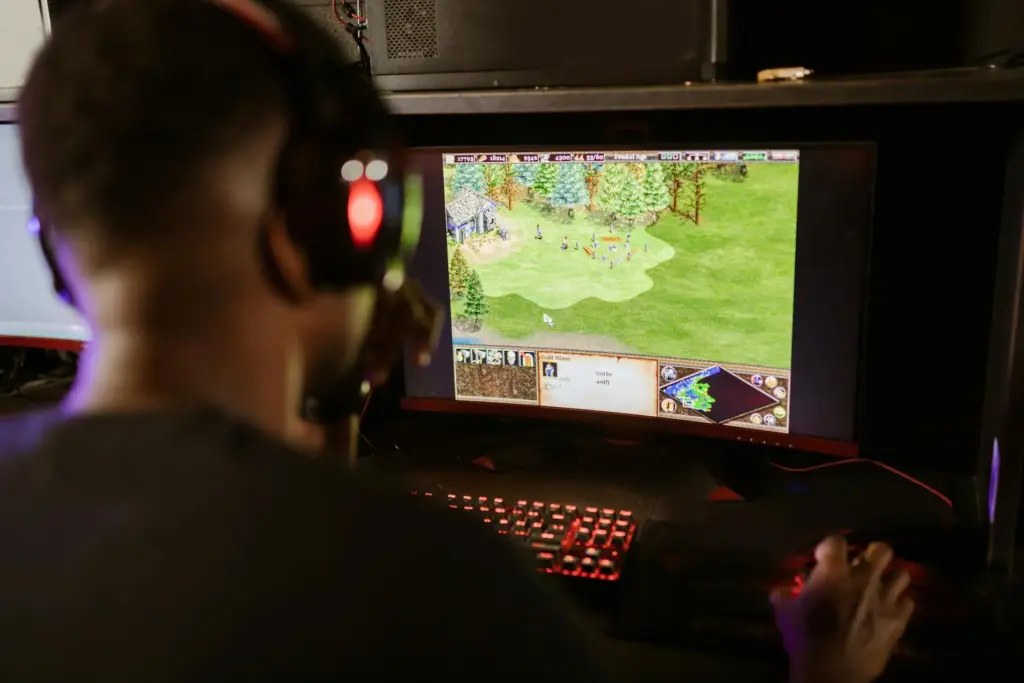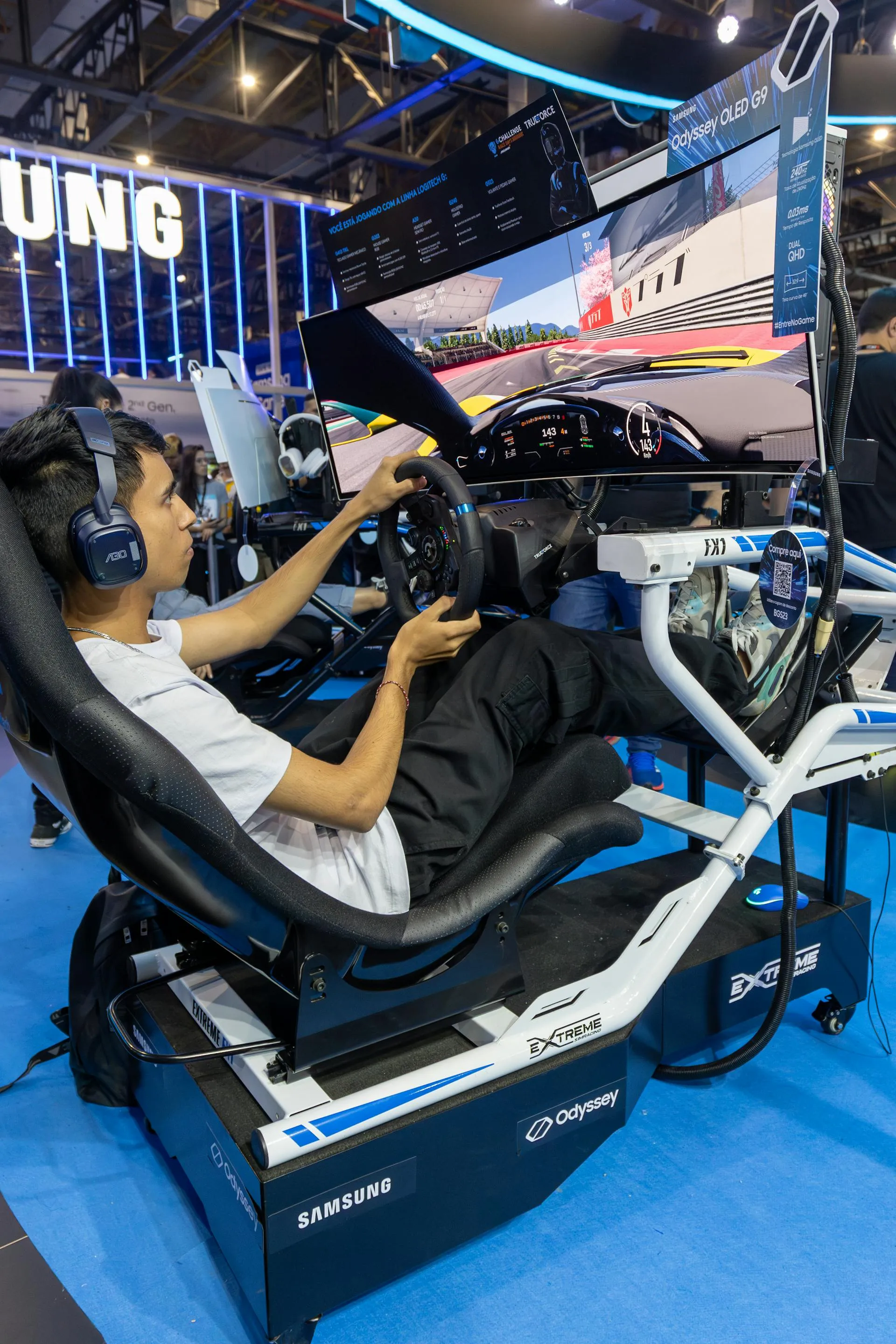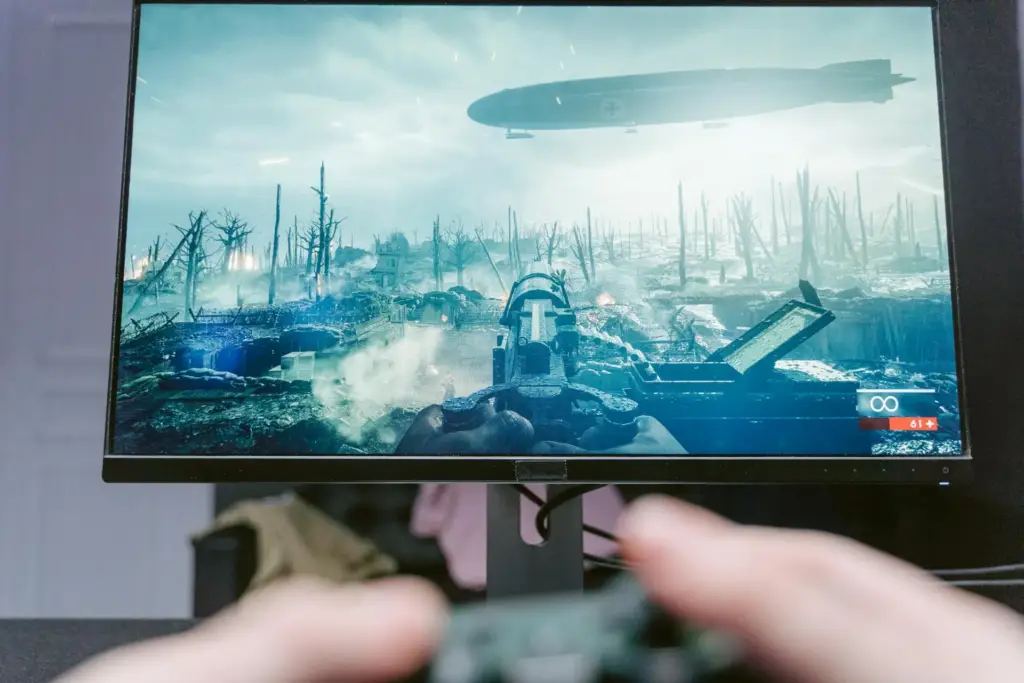Human Behavior Simulation with AI has advanced significantly in recent years, enabling the creation of virtual agents that mimic the actions and decisions of people in real-world situations. This technology is being used in a variety of industries, but one of the fields where it has had the most notable impact is in video games and simulations. As artificial intelligence (AI) becomes more sophisticated, virtual agents can behave more realistically and make complex decisions, providing immersive and educational experiences for both gamers and simulation users.
What is AI Human Behavior Simulation?
Human Behavior Simulation with AI refers to the use of artificial intelligence algorithms to create models that are able to replicate how humans behave in certain situations. These models may include decision-making patterns, emotional reactions, physical movements, and the ability to interact with other agents or the environment. Virtual agents created from these simulations not only follow predefined commands, but also learn and adapt their behavior based on the information they receive from the environment.
Applications in Video Games
One of the most exciting uses of Human Behavior Simulation with AI is in video games. In this field, developers use AI to enhance the player experience by creating more realistic non-playable characters (NPCs). NPCs using advanced simulations can make smarter decisions, respond to player actions more organically, and offer more personalized challenges.
For example, in open-world games such as those in the “Grand Theft Auto” or “The Elder Scrolls” series, NPCs not only follow predefined routes, but react to what happens in their environment. A virtual pedestrian can run away if they see a crime or stop to observe an accident, creating a more immersive and realistic environment for players. The Human Behavior Simulation with AI allows these NPCs to learn and react dynamically, increasing the realism of the game.

Creation of Virtual Agents in Simulations
In addition to video games, Human Behavior Simulation with AI has practical applications in simulations used in fields such as education, military training, medicine and psychology. In these environments, virtual agents are created to replicate human interactions in controlled scenarios. For example, medical students can practice interacting with virtual patients presenting symptoms of specific diseases and responding to questions or treatments in a realistic manner.
In military training, simulations can recreate combat situations in which soldiers interact with virtual agents that simulate the behavior of enemies or allies. These simulations enable safe and effective training in complex situations, where fast and accurate decision making is crucial. Virtual agents, equipped with Human Behavior Simulation with AI, can adapt to soldiers’ decisions, making each training session unique.

Advantages of AI Human Behavior Simulation
The main advantage of Human Behavior Simulation with AI is its ability to create highly personalized and realistic experiences. In video games, NPCs using advanced AI can provide adaptive challenges, adjusting their behavior according to each player’s play style. In simulations, virtual agents can mimic a wide range of human responses, from emotional reactions to decision-making under stress.
Another advantage is that AI enables the scaling of simulations. Instead of relying on human actors or trainers to recreate situations, virtual agents can perform repetitive or dangerous tasks without risk. This saves time and resources, while improving the accuracy of simulations.

Challenges and Future of AI Human Behavior Simulation
Despite advances, Human Behavior Simulation with AI still faces several challenges. The complexity of human behavior is difficult to fully replicate, as humans make decisions based not only on logic, but also on emotional, social, and cultural factors. Developing an AI that can emulate all these aspects remains a challenge.
However, advances in deep learning and neural network modeling are closing the gap between simulation and real human behavior. In the future, we may see virtual agents capable of learning and evolving in a more human-like manner, opening up new possibilities in both video games and professional simulations.
Conclusion
In conclusion, Human Behavior Simulation with AI is revolutionizing the creation of virtual agents, offering more realistic and personalized experiences in video games and simulations. This technology not only enhances entertainment, but also has practical applications in education, medicine and training. As AI continues to evolve, we are likely to see increasingly accurate and dynamic simulations that come even closer to real human behavior, offering new opportunities for developers and users alike.

